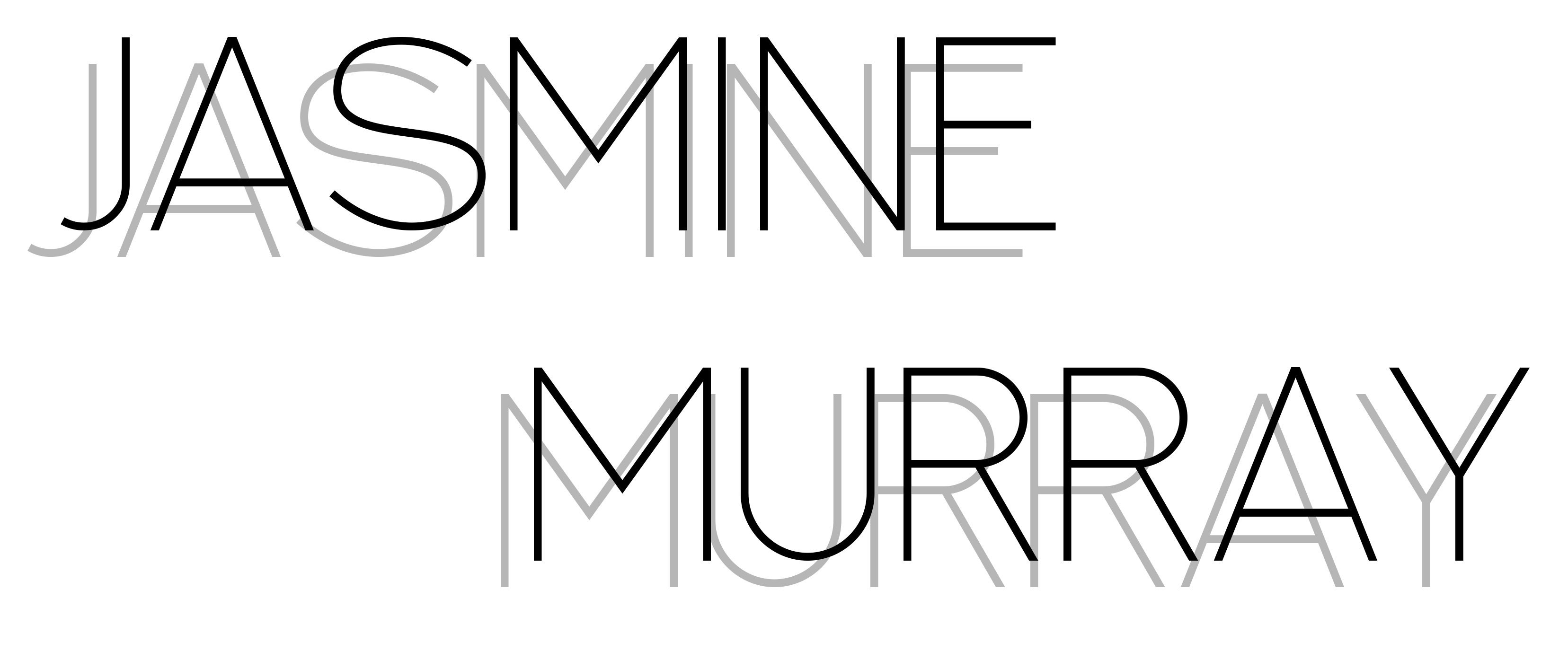How are different practitioners ‘curated’ together?
This question has been something I’ve been thinking about heavily this week and my conclusion is that it varies and depends on the rationale behind curating a group exhibition, in the past I’ve been to curated group exhibitions where the selection of work was sorted by:
- The collector ex) Tate Modern: Sir Elton John’s The Radical Eye (2016)
- Time Period ex) The Photographers Gallery: Feminist Avant–Garde of the 1970s (2016)
- Location ex) The Photographers Gallery: Shot in Soho (2019)
- Genre ex) The Photographers Gallery: Feast for the Eyes (2019)
- Gender ex) RPS 100 Heroines: Representation on the line (2019)
- Student ex) Falmouth Flexible: Landings (2017-)
Admittedly the following bullet points probably do not showcase the entire span of options when it comes to curating and selecting for a group exhibition, it does however remind me that group exhibitions are not reliant on the work being aesthetically or genre specific, to work together…
Curatorial Intentions and Rationales

Although the following exhibition is for the Berlin University of Arts alumni, student and teachers, my practice would fit within the subject parameters of the exhibition itself. They state the intentions as means to: “…share the desire to critically analyse and react to the internet as a mass medium.” (Designtransfer, 2017) Like my own practice the works shown in this exhibition provides social commentary on the internet, and the effects on societies representation and sense of identity, and in the case of Sonnenberg (Figure 2) both our works refer to the notion of the Uncanny Valley.

If my practice was curated into a new group exhibition/themed journal/ book chapter etc, other practitioners would likely be those who fall under the category of social commentary, the uncanny or post internet, or under the wider umbrella of representation and identity (as was the case with Unsocial Media_ (2019) which ended up being curated into RPS 100 Heroines: Representation on the Line). My work could also be situated within the category of student/graduate (and again my BA series Unsocial Media_ (2019) was published in the publication Photograd alongside other graduate work).
In regards to fellow practitioners the likes of Ambar Navarro, Amalia Ulman, Molly Soda, Petra Collins, Rachel MacLean, Signe Pierce handle similiar topics of social commentary, specifically around social media and the rise of the curated self, but via very different aesthetical approaches and messages in comparison to my own practice which perhaps at times angles more towards a dystopian future of the transhuman. MacLean and Soda’s inclusion of video practice in their work has lead me to question and experiment in previous modules cinemagraphic imagery as a vehicle to convey and assist my message.
Regardless of the format of publication, my main target audience is my own generation, predominately to make them critically think about how they consume and use the Internet and perhaps convince the viewers to reconfigure a new reality and realise the darkness of their condition. I want my audience to respond in as many ways as possible be it direct feedback, personal reflection, triggering of emotional memories and internal dialogues, reinforcement of the transient nature of their online presence, perhaps reconnecting themselves with the physicality of traditional ‘hardware’ photo albums instead of the false ‘software’ nature of images on the Internet, the real versus the unreal.
As my work comments on the virtual world, arguably the best location of publication is the digital space which would mean there are no location or time constraints to visitors beyond date of launch (and domain expiration), allowing a wider audience the ability to view my work and participate. Using a webpage allows scale and display methods to have more variety, as the size would be solely dependent on a viewer’s device. A webpage in itself focus on the temporality of imagery and could follow the standard social media style approach of one long scrolling stream. This approach could also be ported to the offline interactive PDF edition forcing viewers to scroll to view.
Another venue could be the traditional gallery space with images being either backlit or displayed via a screen to assist the narrative of the digital world, however I could use an empty shop unit, and display in the windows, meaning the exhibition would not need to be manned and would be visible to visitors 24/7. By not using a formal setting such as “White Cube” it means it is likely to gain an audience from beyond the traditional art scene, as well as benefiting from less formality to comply with the black frame aesthetic commonly found in mainstream galleries. Using retail space has added connotations reflecting the changing face of the high street as consumers migrate to Internet shopping.
References
Figures
Figure 1 Designtransfer (2017) Post-Internet Show. [Online] Available from: http://www.designtransfer.udk-berlin.de/en/projekt/post-internet-show/ [Accessed 25/03/2020]
Figure 2 Sonnenberg, C. (2017) The Importance of Eyebrows. [Online] Available from: http://www.designtransfer.udk-berlin.de/en/projekt/post-internet-show/ and http://catharinasonnenberg.com/the-importance-of-eyebrows.html [Accessed 25/03/2020]
Bibliography
Designtransfer (2017) Post-Internet Show. [Online] Available from: http://www.designtransfer.udk-berlin.de/en/projekt/post-internet-show/ and http://www.designtransfer.udk-berlin.de/wp-content/uploads/2017/06/PM-Post_Internet_Show.pdf [Accessed 25/03/2020]
Falmouth Flexible (2017-) Landings. [Online] Available from: https://landings.space/landings19.html [Accessed 25/03/2020]
Photograd (2019) PGZ2019. [Online] Available from: https://www.photograd.co.uk/shop/pre-order-the-printed-edition-of-pgz2019 [Accessed 26/03/2020]
RPS 100 Heroines (2019) Representation on the Line I, II, III & IV. [Online] Available from: https://www.artrabbit.com/events/unframing-our-identities-representation-on-the-line-iii [Accessed 25/03/2020]
Tate Modern (2016) Press Release. The Radical Eye: Modernist Photography from the Sir Elton John Collection. [Online] Available from: https://www.tate.org.uk/press/press-releases/radical-eye-modernist-photography-sir-elton-john-collection [Accessed 25/03/2020]
The Photographers Gallery (2016) Feminist Avant-Garde of the 1970s: Works from the Verbund Collection. [Online] Available from: https://thephotographersgallery.org.uk/whats-on/past-exhibitions/feminist-avant-garde [Accessed 25/03/2020]
The Photographers Gallery (2019) Shot in Soho. [Online] Available from: https://thephotographersgallery.org.uk/whats-on/exhibition/shot-soho [Accessed 25/03/2020]
The Photographers Gallery (2019) Feast for the Eyes. The Story of Food in Photography. [Online] Available from: https://thephotographersgallery.org.uk/whats-on/exhibition/feast-eyes-story-food-photography [Accessed 25/03/2020]
